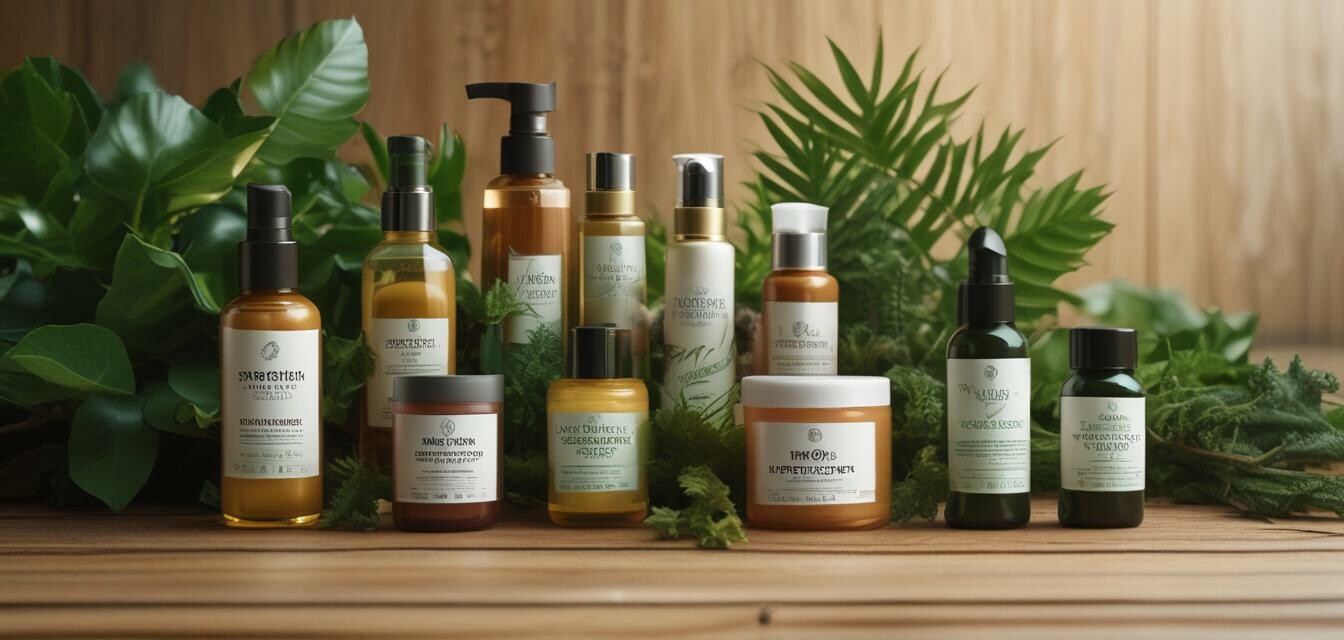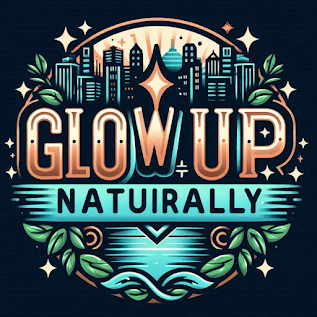
The New Wave of Waterless Beauty Products
Key Takeaways
- Waterless beauty products are designed to minimize environmental impact.
- These products often feature more concentrated formulas, maximizing effectiveness.
- Innovative formulations align with growing demand for sustainability in skincare.
The beauty industry is experiencing a paradigm shift towards sustainability, with waterless beauty products leading the way. These innovative skincare solutions not only cater to consumers' demands for eco-friendly practices but also deliver potent formulas packed with nutrients. In this article, we'll explore the growing trend of waterless beauty, its benefits, and how it's reshaping the organic skincare sector.
What are waterless beauty products?
Waterless beauty products are formulations that contain little to no water. Instead, they use alternative ingredients to create textures that nourish and enhance the skin. These products include but are not limited to oils, balms, and solid creams. By minimizing the use of water, brands can concentrate on high-quality ingredients that offer a rich beauty experience.
Popular Types of Waterless Beauty Products
- Solid cleansers
- Balm moisturizers
- Oil-based serums
- Hydrating emulsions
- Concentrated masks and treatments
Benefits of Waterless Beauty Products
Waterless beauty products come with a range of benefits, making them an attractive option for consumers and the environment alike. Here are some key advantages:
| Benefit | Description |
|---|---|
| Eco-Friendly | Reduced water usage and less packaging waste contribute to a greener planet. |
| Concentrated Formula | Higher concentration of active ingredients often leads to better results. |
| Longer Shelf Life | Without water, products are less susceptible to bacterial growth, enhancing longevity. |
| Less Dilution | Water-based products can dilute key ingredients, while waterless formulations remain potent. |
How Waterless Products are Shaping the Organic Skincare Industry
The rise of waterless beauty products is primarily driven by consumers seeking more sustainable skincare options. Let's take a closer look at how this trend is influencing the organic skincare industry:
Rising Demand for Sustainability
With the growing awareness of environmental impact, consumers are gravitating towards brands that prioritize sustainability. Waterless beauty products signal a commitment to reducing resource consumption and eco-friendly practices.
Shifting Consumer Preferences
Today's consumers want products that work effectively while also being responsible. Waterless formulations are often praised for their ability to provide concentrated benefits. This shift in preference is encouraging brands to innovate and adapt.
Impact on Product Development
The demand for waterless products is pushing companies to rethink traditional formulation techniques. This leads to the emergence of more unique products, with brands experimenting with alternative textures and delivering exceptional user experiences.
Trends in Waterless Beauty
Innovative Ingredients
Waterless beauty products are leading the way in utilizing innovative ingredients. Many brands are now incorporating botanicals, oils, and waxes that deliver moisture and nourishment without the need for water:
- Plant-based oils (like jojoba and argan)
- Natural butters (shea, cocoa)
- Botanical extracts (such as aloe vera and fruit extracts)
Popular Brands and Their Offerings
Various brands are at the forefront of the waterless beauty movement, implementing innovative practices in their product lines. Explore the landscape of waterless products by checking out categories that feature popular brands. For example, under our Body Lotions & Oils section, you can discover how waterless formulations are being integrated.
Challenges Facing Waterless Beauty Products
While the rise of waterless beauty is exciting, there are some challenges on the horizon:
- Consumer education about product uses and benefits
- Higher production costs due to premium ingredients
- Competition with traditional water-based products that dominate the market
Pros
- Eco-friendly and sustainable
- Highly concentrated formulas
- Less waste in packaging
- Longer shelf life
Cons
- May require consumer education
- Potentially higher prices
- Can be less familiar to traditional users
What Lies Ahead for Waterless Beauty?
The future of waterless beauty products looks promising as both consumers and brands adapt. The focus will continue to be on sustainable practices, minimalism in formulations, and the continuous exploration of new textures and innovative ingredients. Brands that successfully navigate these changes are likely to become leaders in the evolving landscape.
Final Thoughts
Waterless beauty products not only represent a shift towards more sustainable practices but also provide an opportunity for brands to differentiate themselves in a crowded marketplace. As we embrace this new wave of skincare, it becomes clear that these formulations can offer unique benefits while catering to the demands of an environmentally conscious consumer base.
Explore More
To further your understanding of what’s trending in organic skincare and waterless beauty products, visit our Latest Trends in Organic Skincare section. You might also be interested in checking out our Organic Skincare Buying Guides for insights on selecting the right products for your skin.


